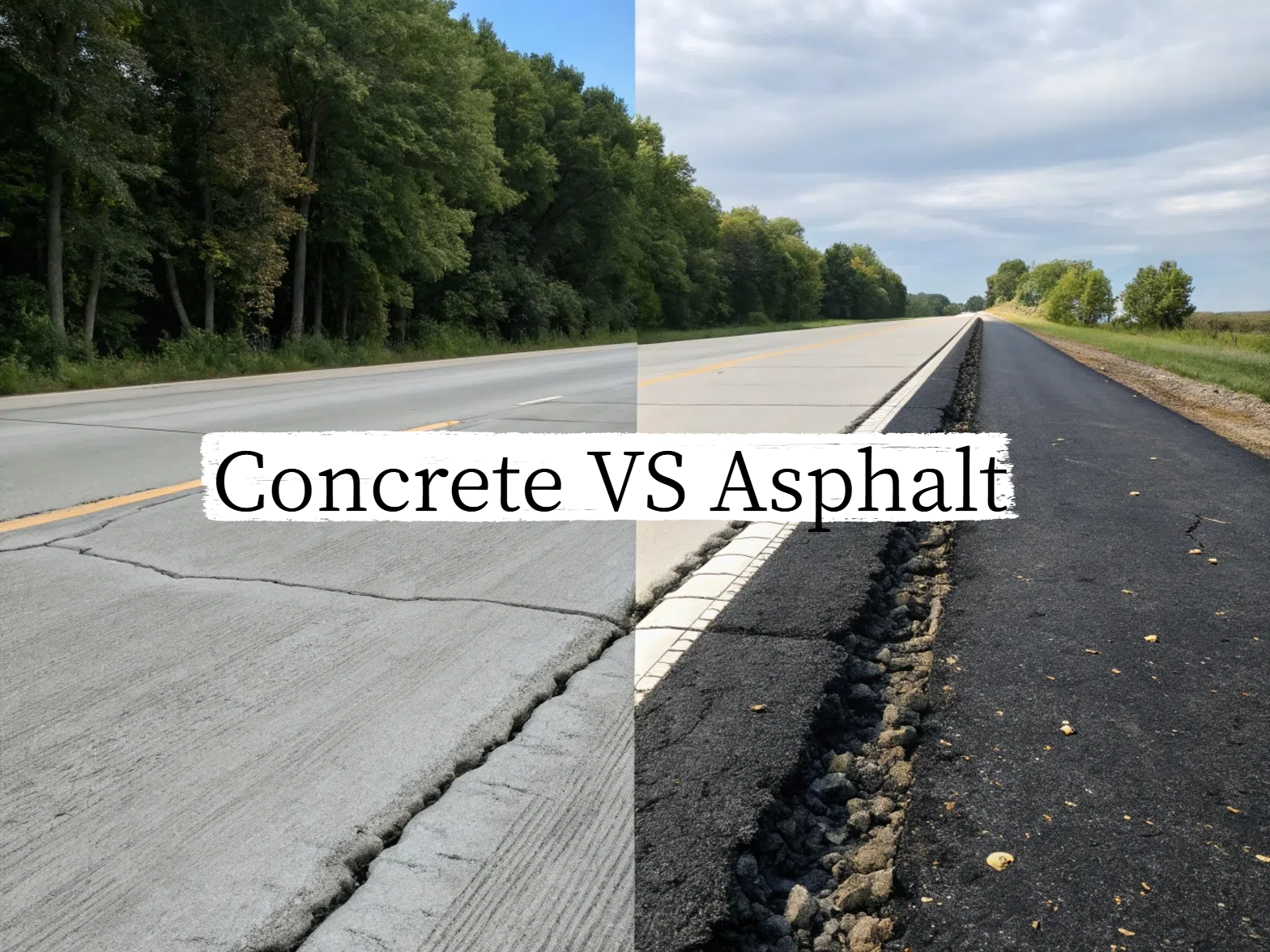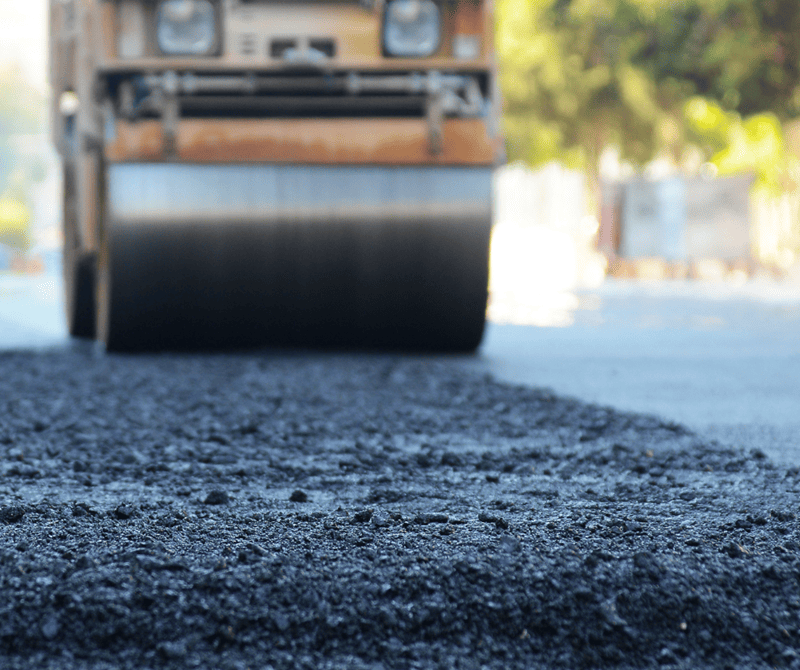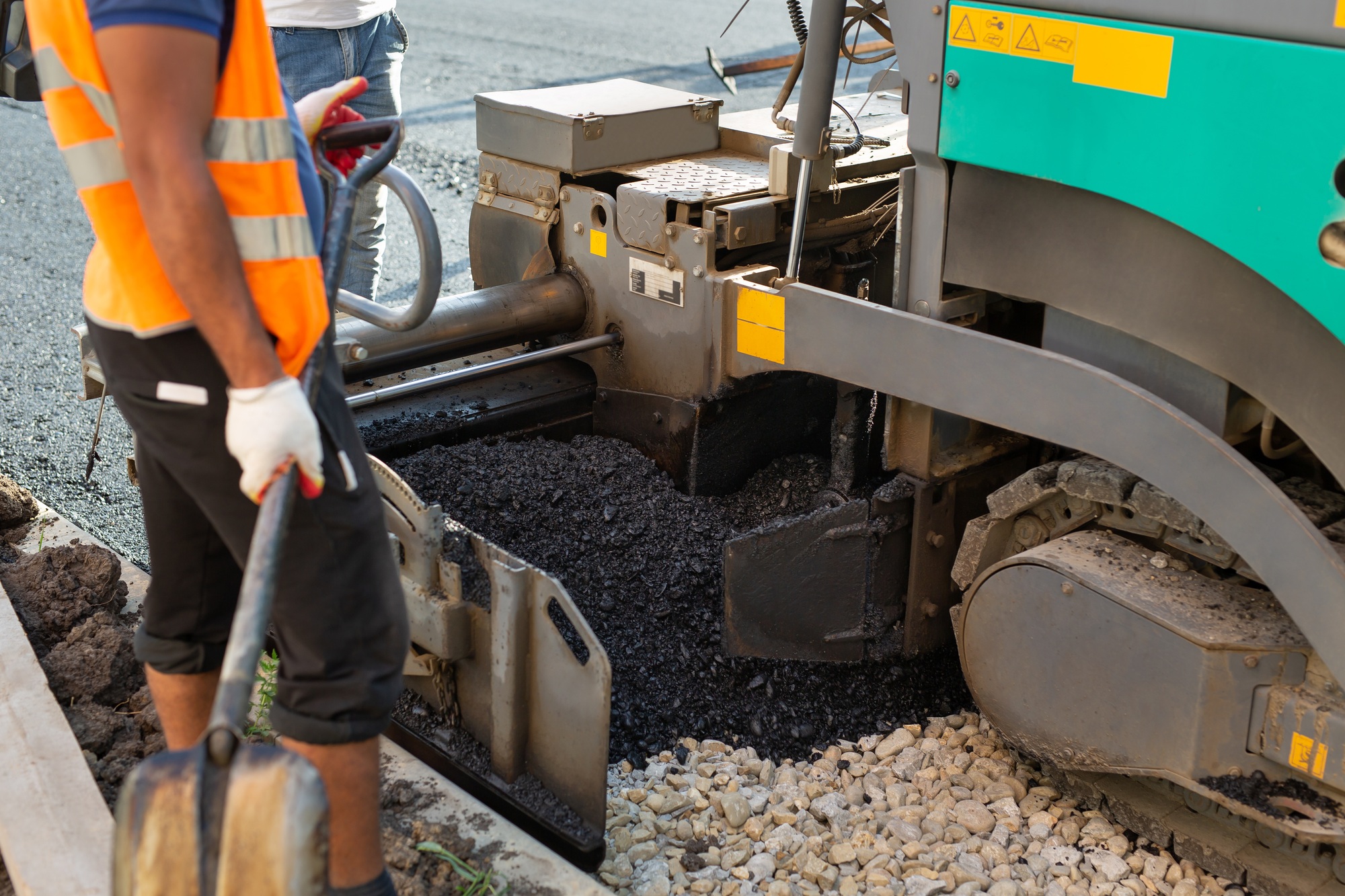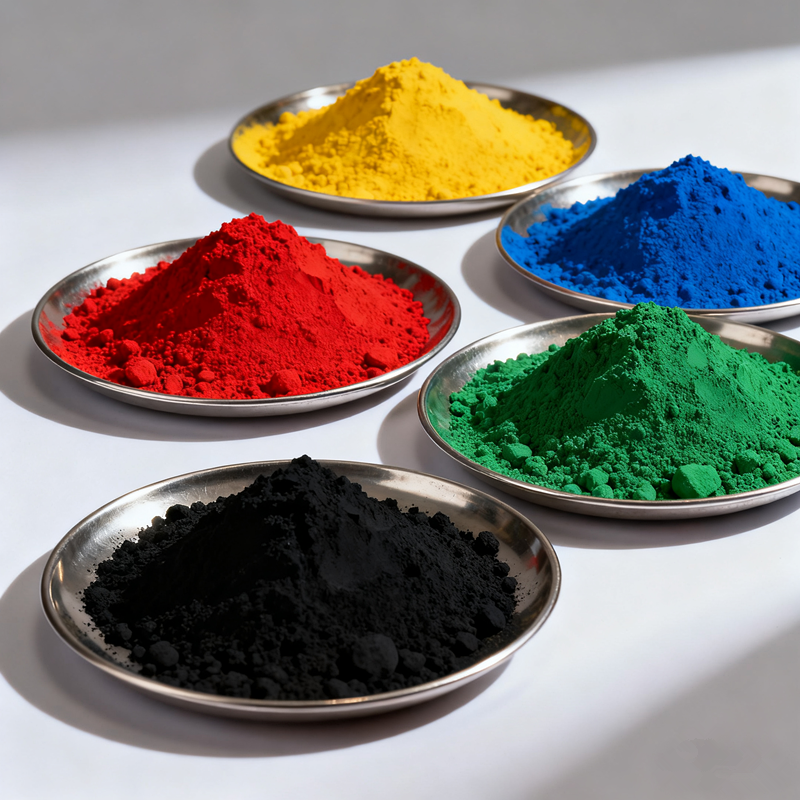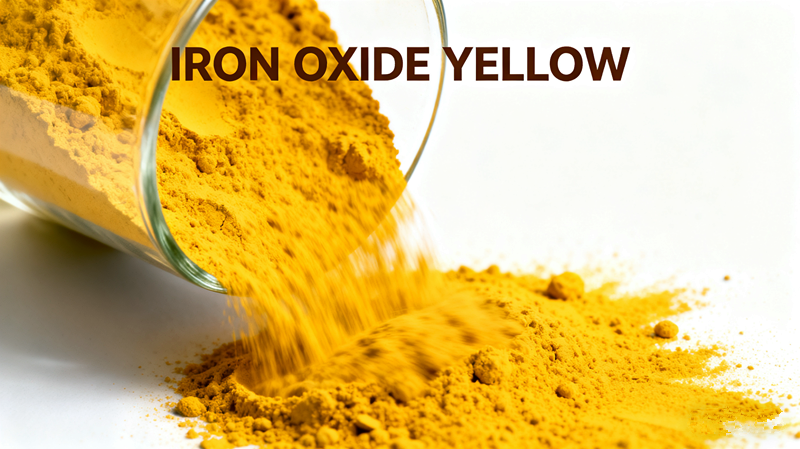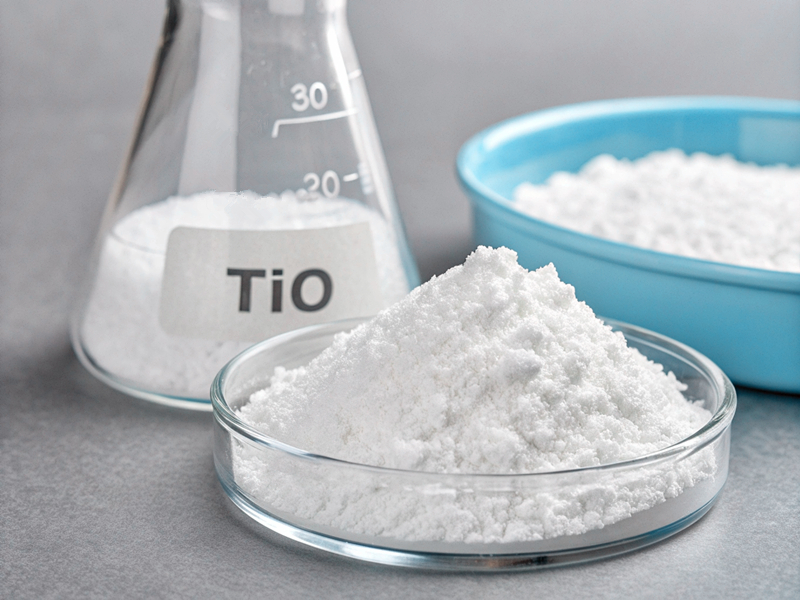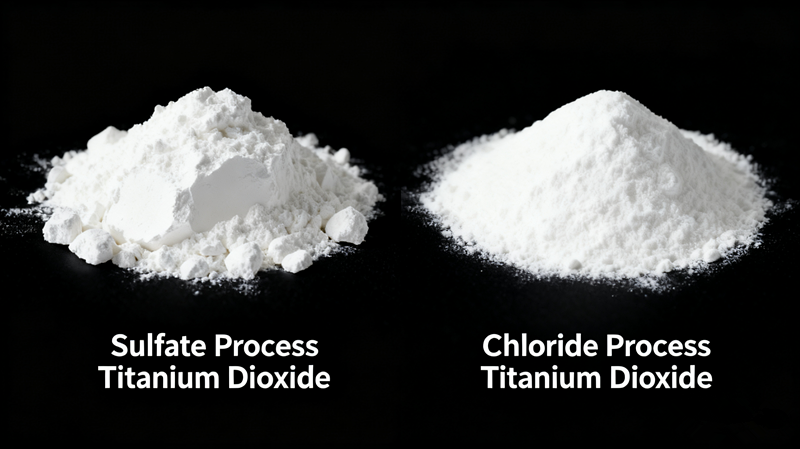Choosing between concrete and asphalt for paving projects can be challenging. Both materials have unique properties that influence their performance and suitability for specific applications.
Concrete and asphalt differ in composition and performance, making them suitable for various paving needs. Concrete is durable and low-maintenance, while asphalt offers flexibility and cost-effectiveness.
Understanding these distinctions is crucial for making informed decisions about paving materials.
What are the fundamental differences between concrete and asphalt?
Concrete and asphalt are composed of different materials, leading to distinct characteristics.
Concrete consists of cement, water, and aggregates like sand and gravel, forming a rigid and durable surface. Asphalt combines bitumen (a petroleum product) with aggregates, resulting in a flexible and resilient pavement.
Composition and Installation
Concrete is a mixture of cement, water, and aggregates. When these components are combined, they undergo a chemical reaction called hydration, resulting in a hard, durable surface. The installation process involves pouring the mixture into molds and allowing it to cure over time. This curing process can take several days, during which the concrete gains strength.
Asphalt is made by mixing bitumen with aggregates. Bitumen acts as a binder, holding the aggregates together. The asphalt mixture is heated to a high temperature before being laid and compacted onto the prepared surface. Once it cools, it solidifies into a smooth, flexible pavement. The installation process is relatively quick, allowing for faster project completion.
Durability and Lifespan
Concrete is known for its durability and can last 40 to 50 years with proper maintenance. Its rigid nature makes it resistant to heavy loads and less prone to deformation. However, concrete can be susceptible to cracking, especially in areas with significant temperature fluctuations.
Asphalt pavements typically have a lifespan of 20 to 30 years. While asphalt is less wear-resistant than concrete, its flexibility allows it to withstand minor ground movements without cracking. Regular maintenance, such as sealcoating and minor repairs, can extend its lifespan.
The influence of climate and environmental factors
Environmental conditions play a significant role in the performance of both materials.
Asphalt can become soft and tacky in high temperatures, making it less suitable for hot climates. Concrete, while more heat-resistant, may crack in freezing conditions due to its rigidity.
Temperature Sensitivity
In hot climates, asphalt tends to soften, leading to rutting and deformation under heavy traffic. This characteristic makes it less ideal for regions with consistently high temperatures. Conversely, concrete remains stable under high temperatures but can be prone to cracking in freezing conditions due to its lack of flexibility.
Environmental Impact
Both materials have environmental considerations. The production of cement for concrete releases a significant amount of carbon dioxide, contributing to greenhouse gas emissions. Asphalt production involves petroleum-based products, raising concerns about fossil fuel consumption. However, both materials are recyclable. Reclaimed asphalt can be reused in new pavements, and crushed concrete can serve as aggregate for new concrete or as base material for roads.
Consider the cost aspect
Cost is a crucial factor in selecting paving materials, encompassing initial expenses and long-term maintenance.
Asphalt generally has a lower initial cost compared to concrete, making it a budget-friendly option. However, concrete's durability can result in lower maintenance costs over time, potentially offsetting the higher upfront investment.
Initial Costs
The initial cost of asphalt paving is typically lower than that of concrete. The materials and installation process for asphalt are less expensive, making it an attractive option for large projects or budget-conscious endeavors.
Maintenance and Long-Term Costs
While asphalt has a lower upfront cost, it requires regular maintenance, such as sealcoating every few years and periodic repairs, to prevent deterioration. These ongoing maintenance needs can add up over time.
Concrete, with its higher initial cost, demands less frequent maintenance. Its durability reduces the need for repairs, and when maintenance is required, it is often less intensive. Over the long term, the reduced maintenance costs can balance out the higher initial investment.
Conclusion
In choosing between concrete and asphalt, it's essential to consider factors such as climate, budget, and intended use. Concrete offers durability and low maintenance, making it suitable for heavy loads and long-term applications. Asphalt provides flexibility, a smoother ride, and lower initial costs, ideal for projects requiring quick completion and those in moderate climates. By evaluating these aspects, you can select the paving material that best aligns with your project's needs and environmental conditions.


